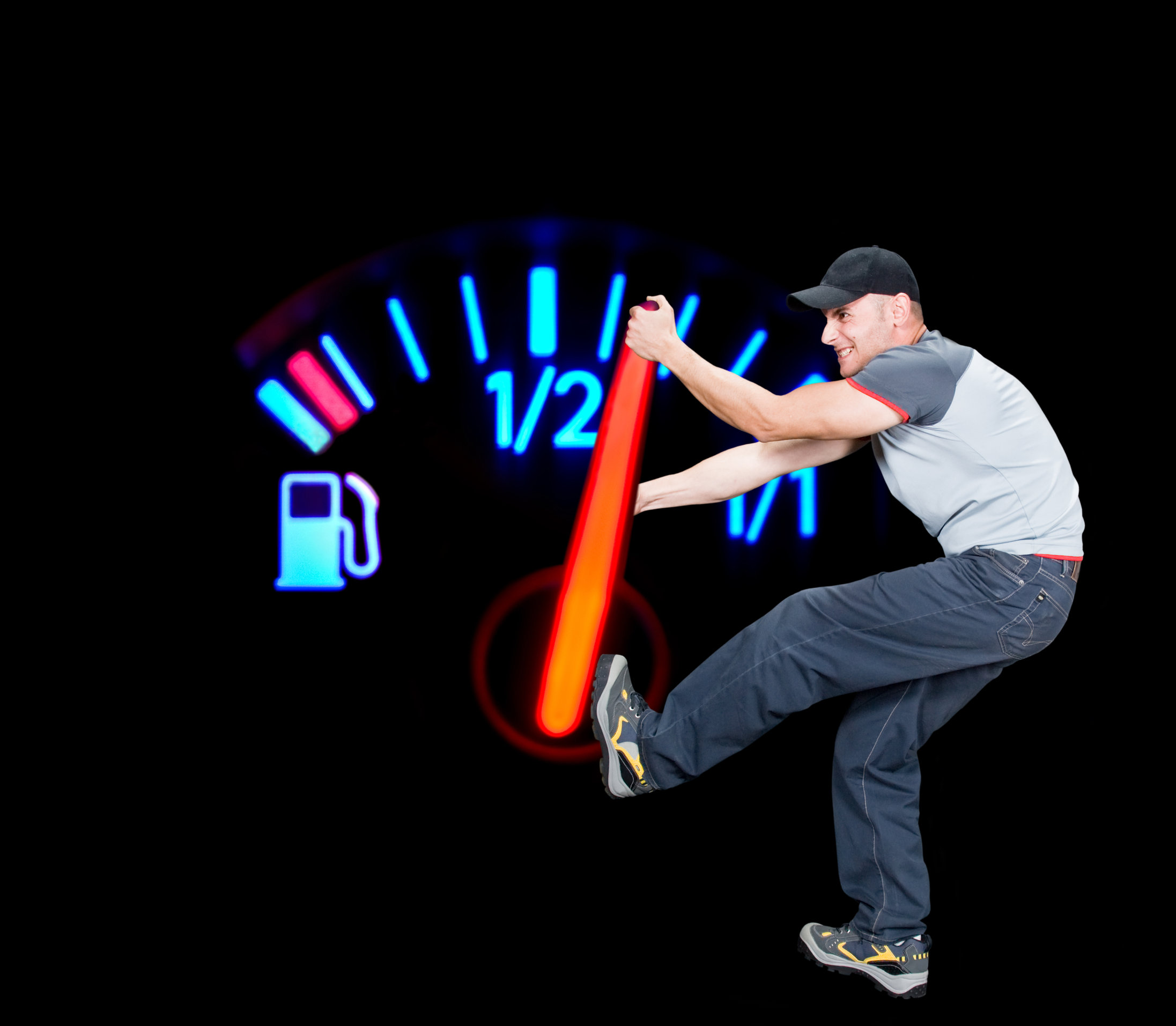
Gas Prices on the Rise!
How to Maximize Your Fuel Economy
Don’t be a victim to the rising gas prices. You can do your part to maximize your fuel economy. Our driving habits have a significant impact on fuel efficiency.
10 Important Tips to Save You Money at the Pump
1. Plan your trips
Map a route before you go to minimize unnecessary turnarounds and backtracking. Avoid peak traffic times. Combine errands and go to "one stop shops” where you can do multiple tasks (banking, shopping, etc.).
2. Slow Down
Gas mileage efficiency tends to decrease above 50 miles per hour. According tofueleconomy.gov, for every five miles per hour that exceed 50 mph, drivers pay an equivalent of about 22 cents more for each gallon of gas. While each vehicle has its own optimal speed for fuel efficiency, speeding can result in 7% to 14% reduced fuel economy. Driving at slower speeds can save 22 to 43 cents per gallon.1
3. Check Tire Pressure
A little bit of vehicle maintenance can go a long way in improving gas mileage. According to the U.S. Department of Energy, 1.25 billion gallons of gasoline—approximately 1% of total consumption - are wasted each year on underinflated tires. Tires can lose about 2 pounds per square inch (psi) per month. Each tire that is underinflated by 10 psi reduces fuel economy by about 3.3%. Four tires that are underinflated by 10 psi, then, would reduce a vehicle's fuel economy by a substantial 10%, at an added cost of 31 cents per gallon.Follow the guidelines in your vehicle's owner's manual (these recommendations also appear on a sticker inside the driver's side door jamb)—and not what is stamped onto the tire itself.
4. Replace Spark Plugs
The National Institute for Automotive Service Excellence indicates that bad spark plugs can decrease fuel economy by up to 30% and can cost drivers up to about 94 cents per gallon at today's prices.If a car's gas mileage suddenly drops, there's a good chance it's because of misfiring spark plugs.
5. Check the Alignment
Misaligned tires drag instead of roll freely. Improper alignment can reduce fuel efficiency by as much as 10%—about 31 cents per gallon. In addition, the tires can wear out more quickly.Tires that are out of balance (symptom: vibration in the steering wheel) can cause uneven tire wear, which can result in lower gas mileage. Tires should be balanced and rotated according to the vehicle's owner's manual to improve tire performance and fuel economy.
6. Leave Extras at Home
An additional 100 pounds in your car can reduce gas mileage by up to 1%. The reduction is relative to the vehicle's weight: Smaller vehicles are more affected by increased weight than larger ones. For every 100 pounds in extra weight, plan on spending up to 3 cents more per gallon.1
7. Use Cruise Control (When Appropriate)
According to Edmunds.com, using cruise control under appropriate conditions (avoiding use during especially hilly terrain) can improve fuel economy by up to 14%. That's a savings of about 43 cents per gallon.
8. Turn off the Car
Idling gets zero miles per gallon and collectively consumes several billion gallons of fuel per year, according to the U.S. Department of Energy. Vehicles should be turned off if the expected wait will be longer than 10 seconds, since an idling vehicle can burn as much as one gallon of gas each hour.
Turning the car off can save about 3 cents per minute.
9. Fill Your Tank Early in the Morning—or Late at Night
Fuel is dispensed by volume. If you fill your tank when it is coolest outside—early in the morning or late at night and avoid the heat of the day—the fuel will be denser. As a result, you will get more gas for the same amount of money.
10. Drive to warm the engine
In cold temperatures, start the engine and then drive the car normally to warm the engine. Driving brings the engine to operating temperature more rapidly and thus, saves gas.National average of $3.09 per gallon (for regular gasoline), driving sensibly, and not like a race car driver, can lead to an equivalent gas savings of between 31 cents and $1.24 per gallon.

Let’s beat these excessive gas prices together. Bring your car into one of our Convenient
locations today. Springdale Automotive is here to help you Maximize Your Fuel Efficiency.
SpringdaleAutomotive.net
Bowman Field Brownsboro Road Middletown Prospect
Sourced: AAA; US Department of Energy, National Institute for Automotive Excellence, Fueleconomy.gov.